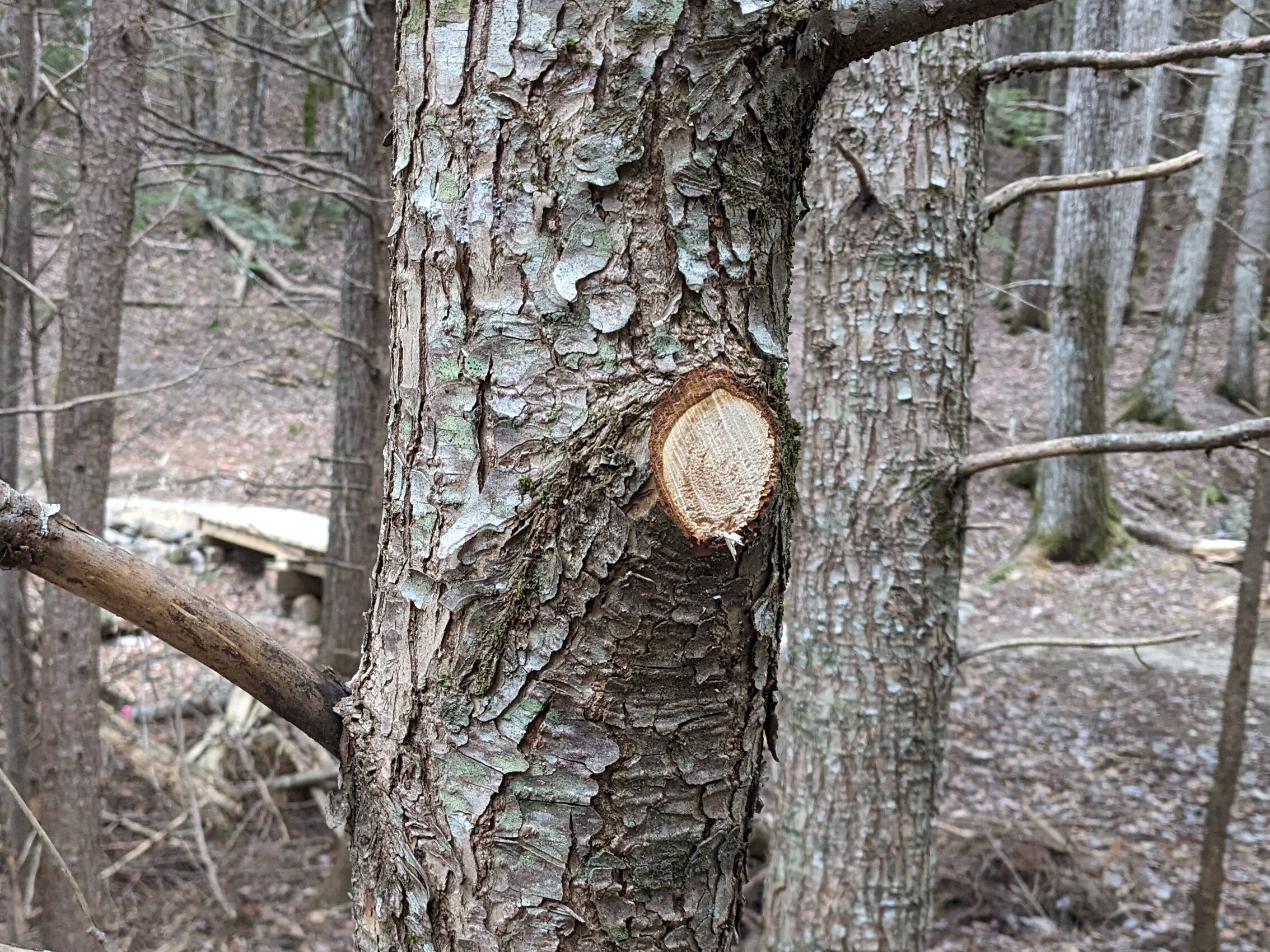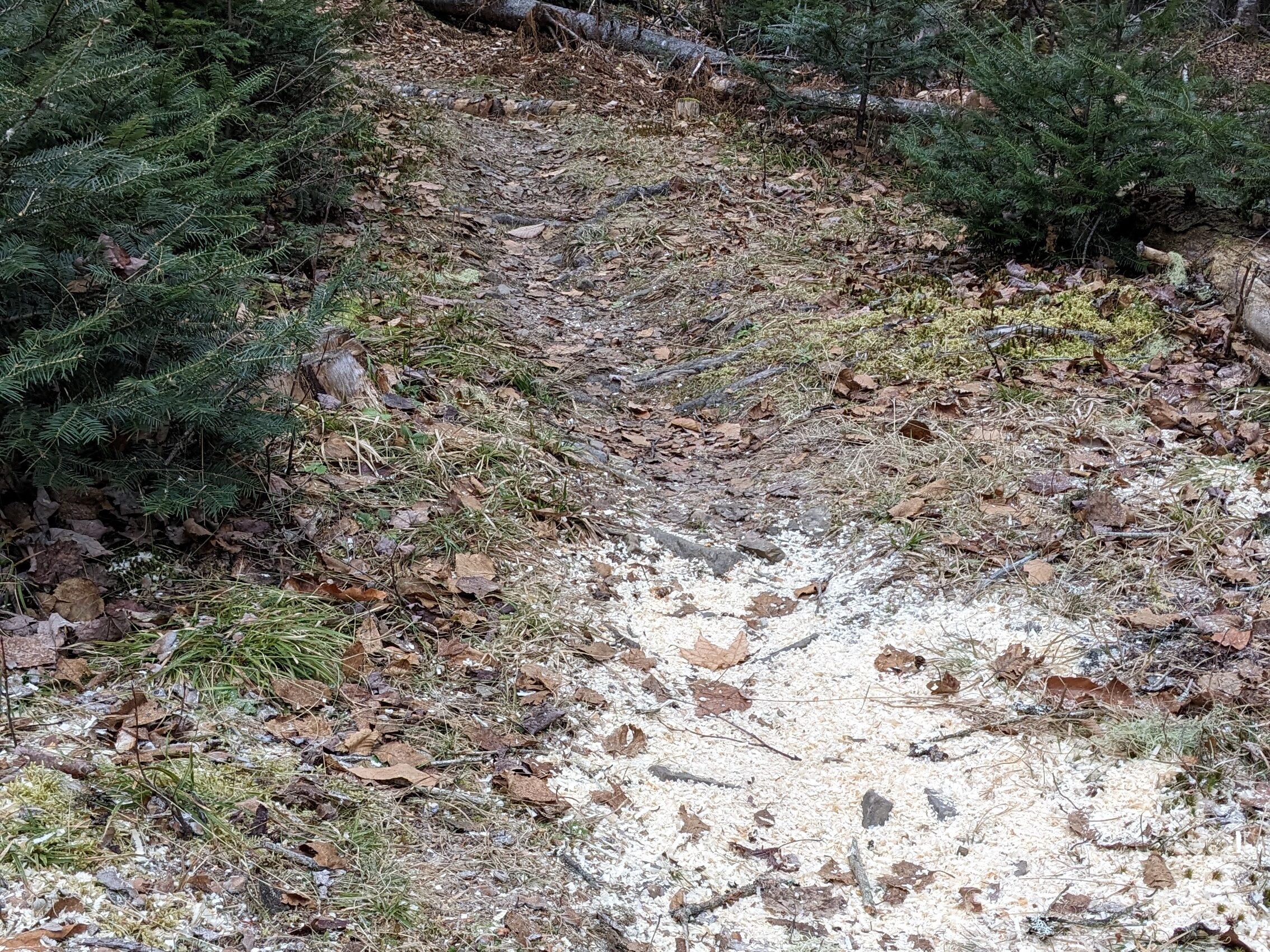Nature lovers – today we will learn to identify the reclusive Northern Forest Trail Gnome (Sylva nodignoridi). The activities of this species are beneficial to many other forest creatures and learning to identify the signs of these gnomes lets you understand where they are, even if you don’t spot one while out in their habitat.
While it is difficult to directly observe this species, you can positively identify them by their preference to wear rugged, less fashionable clothing. They often appear dirty. Gnomes give off a distinctive odor which has been described as a combination of tree sap and loamy dirt.

Northern Forest Trail Gnomes are known for their high-energy output and active metabolism; needing to consume large quantities of food and sometimes beer in order to maintain their activity levels. Both male and female gnomes are active throughout the year. Most activity occurs during daylight hours, however a rare nocturnal variety preferring the cover of darkness do exist in some habitats. Gnomes display behaviour which can be thought as opposite from beavers. They prefer dry areas, and will work feverishly to drain puddling water. Rather than gathering fallen trees, sticks, and debris, Northern Forest Gnomes will clear their habitat of such litter. They move in a weaving pattern throughout the forest and are suspicious of strait lines. They go to great lengths to avoid going strait up or down a steep slope.
Gnomes do leave some telltale signs of their existence which you can learn to spot. While some myths and legends exist, be certain that these gnomes are real – and they leave evidence behind.
Foraging – Evidence suggests they may eat the lower branches of trees. Gnomes can reach up surprisingly high. Fresh cut stubs can indicate activity in the area.

Scat – It’s often possible to find ‘piles’ of gnome droppings, particularly after windy storms. These droppings resemble sawdust in appearance.

Caches – Gnomes will often distribute caches of equipment throughout the forest much like a squirrel hiding seeds. Often a gnome is behind seemingly random buckets, shovels, and rakes placed carefully in the woods.

Trails – Heavy presence of Northern Forest Gnomes in an area will often result in well worn trails along their normal movement corridors. These trails are then used by other forest species such as mountain bikers (Velos offroadei) and trail runners (Cursus twoleftfeeti).

The Northern Forest Gnome is a species of concern for conservation. Their numbers have fallen in recent years. Fortunately organizations like River Valley Cycling are supporting gnomes by doing what is possible to protect their habitat and provide them with essentials for their activity (tools, insurance, and landowner agreements). What can you do to help?
- If you encounter a gnome in their natural habitat treat them with respect. Slow down and say hi.
- Offer to assist a trail gnome for a day, educating yourself through total immersion.
- Support a local non-profit that supports Northern Forest Gnomes in your area.
Join us this spring and summer as RVC organizes weekly “Maintenance Mondays” trail sessions. We’ll be touring all of the trail networks in the area. It’s your chance to learn from trail gnomes and take direct action to help them!
- MVP- April 28th
- Penniac- May 5th
- Woolastook- May 12th







